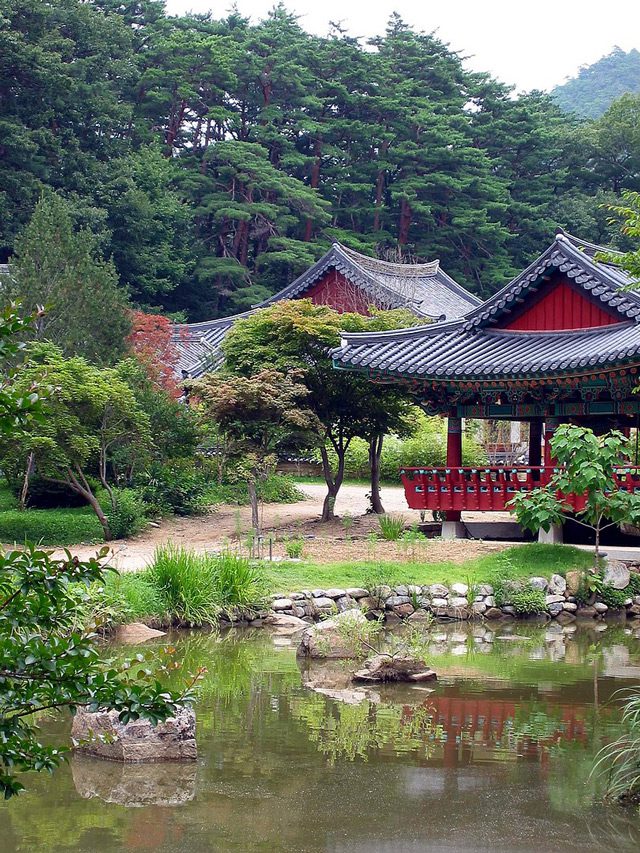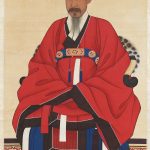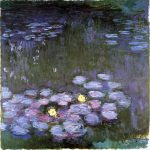
Korean gardens, known for their seamless integration with nature, represent a distinct and captivating tradition in landscape design. Rooted in centuries-old philosophies, these gardens reflect Korea’s cultural, spiritual, and environmental values. Unlike highly stylized Japanese or symbolic Chinese gardens, Korean gardens prioritize simplicity, natural harmony, and spiritual connection. This article delves deeply into their origins, key features, and cultural significance while exploring ways to incorporate these principles into modern spaces.
The Origins and Philosophy of Korean Gardens
Historical Roots
The history of Korean gardens spans more than 2,000 years, beginning in the Three Kingdoms period (57 BCE – 668 CE). Early gardens were closely associated with royal palaces, temples, and Confucian academies, reflecting Korea’s hierarchical societal structure. Influences from Chinese gardening traditions enriched Korean practices, but they were adapted to Korea’s distinct geography and cultural values.
During the Silla Dynasty (668–935 CE), gardens like Anapji Pond emerged, combining architectural elements with natural features to create serene, balanced landscapes. The Goryeo Dynasty (918–1392 CE) continued this tradition, integrating Buddhist influences into garden design, emphasizing meditation and introspection. By the Joseon Dynasty (1392–1897 CE), Confucianism shaped gardens as spaces for scholarly study, reflection, and recreation.
Philosophical Underpinnings
The core philosophy of Korean gardens lies in their intentional yet natural design, inspired by Confucianism, Taoism, and Buddhism. Each element serves both an aesthetic and symbolic purpose, reflecting a harmonious coexistence between humans and nature. This perspective is further enriched by Pungsu-jiri (Korean geomancy), which ensures the alignment of natural energy flows.
- Confucian Influence: Gardens were designed as places for self-cultivation and intellectual pursuit, reflecting values of order, discipline, and harmony.
- Taoist Philosophy: A reverence for nature inspired the organic layouts and minimal human intervention in garden design.
- Buddhist Spirituality: Gardens provided spaces for meditation, with elements like lotus ponds symbolizing enlightenment and purity.
Key Features of Korean Gardens
Korean gardens embody a delicate balance between natural beauty and intentional design. They are functional, symbolic, and deeply rooted in Korea’s cultural identity.
1. Water Features
Water is central to Korean garden design, symbolizing life, abundance, and the continuous flow of energy. Ponds, streams, and waterfalls are placed to create calming visual and auditory effects. In royal gardens like Changdeokgung’s Huwon, reflective ponds mirror the surrounding pavilions and trees, amplifying the natural beauty.
Lotus ponds, often found in temple gardens, hold religious significance, representing purity and enlightenment. Streams are designed to mimic natural flow patterns, ensuring that the water’s movement feels organic and soothing. Careful attention is given to the placement of water features, aligning them with geomantic principles to enhance the energy of the space.
2. Stone Elements
Stones are indispensable in Korean gardens, symbolizing stability and endurance. Unlike the uniform arrangements in Japanese gardens, Korean gardens feature irregularly shaped stones to mimic natural mountain landscapes. These stones are strategically placed to create visual interest while maintaining harmony with the surrounding elements.
Stepping stones are a common feature, guiding visitors through the garden. These stones are intentionally uneven, encouraging a slow and mindful journey that reflects life’s contemplative path. Stone walls, pagodas, and bridges further enrich the garden, offering both functional and aesthetic value.
3. Pavilions (Jeongja)
Pavilions, known as jeongja, are iconic features of Korean gardens. These open-sided structures serve as resting places, offering visitors shelter and a vantage point to enjoy the surrounding landscape. Often constructed with wood and traditional Korean roof tiles, pavilions blend seamlessly with nature.
Each pavilion typically has a poetic name, reflecting its intended purpose. For example, the Buyongjeong (Lotus Pavilion) in Changdeokgung’s Secret Garden is named for its proximity to a lotus pond, symbolizing tranquility and reflection. These pavilions were historically used by royalty and scholars for leisure, meditation, and creative pursuits.
4. Native Flora
The plants and trees in Korean gardens are chosen for their natural beauty, seasonal variations, and symbolic meanings. Native species like pine, bamboo, and plum trees dominate these gardens, each carrying significant cultural connotations. Pine trees symbolize resilience and longevity, while plum blossoms represent renewal and hope.
Seasonal flowers, such as lotus blossoms, chrysanthemums, and azaleas, highlight nature’s changing cycles. The careful selection and placement of vegetation ensure that the garden offers a dynamic experience throughout the year, celebrating Korea’s four distinct seasons.
5. Walls and Gates
Traditional Korean gardens often include curved walls and intricately designed gates that define the boundaries of the space. These elements serve both practical and symbolic purposes, marking the transition from the outside world to a tranquil, sacred space.
The gates are often adorned with decorative carvings or inscriptions, enhancing their aesthetic appeal. They also serve as a metaphorical passage into a realm of peace and introspection, reinforcing the garden’s spiritual significance.
Types of Korean Gardens
Korean gardens vary significantly depending on their purpose and setting. Each type reflects a unique aspect of Korean culture and history.
1. Royal Gardens
Royal gardens represent the grandeur and sophistication of Korea’s monarchy. The Huwon (Secret Garden) at Changdeokgung Palace is a prime example. Spanning over 78 acres, this garden includes lush forests, ponds, and pavilions, all arranged to harmonize with the natural terrain. Royal gardens often served as private retreats for the royal family, offering spaces for leisure, meditation, and court ceremonies.
2. Temple Gardens
Temple gardens are designed for spiritual contemplation. They often include lotus ponds, symbolizing enlightenment, and stone pagodas, representing Buddhist teachings. At Bulguksa Temple, the garden layout encourages introspection, with winding paths leading to serene spots for meditation.
3. Scholar Gardens
Confucian scholars designed gardens as extensions of their study spaces. These gardens featured elements like secluded pavilions, ponds, and stone arrangements, encouraging reflection and intellectual engagement. Examples include the gardens of traditional Confucian academies, where scholars would retreat to write poetry and study.
4. Folk Village Gardens
In rural Korea, gardens were designed with practicality and simplicity in mind. These small spaces often combined vegetable plots with flowering plants, reflecting the dual priorities of sustenance and beauty. Today, folk village gardens provide a glimpse into the daily lives of ordinary Koreans in historical times.
Famous Examples of Korean Gardens
Korea is home to several iconic gardens that showcase the country’s landscape design traditions.
1. Changdeokgung’s Secret Garden
Designated as a UNESCO World Heritage Site, the Huwon garden is a masterpiece of Korean garden design. Its naturalistic layout includes ponds, wooded areas, and historical pavilions, creating a tranquil retreat for the royal family.
2. Anapji Pond
Built during the Silla Dynasty, Anapji Pond combines architectural pavilions with a tranquil body of water. This garden is especially stunning at night when the illuminated pavilions reflect on the pond’s surface.
3. Korean Folk Village Gardens
The gardens in Yongin’s Korean Folk Village recreate traditional designs from various periods of Korean history, offering a comprehensive view of the evolution of Korean landscaping.
Designing a Korean-Inspired Garden
For those inspired to create a Korean-style garden at home, the following steps can guide the process:
- Water Features: Incorporate a small pond or stream for serenity and movement.
- Stone Pathways: Use natural stones to create a walking path that encourages mindfulness.
- Native Plants: Choose pine trees, bamboo, and seasonal flowers for authenticity.
- Pavilions: Build a small shaded structure to serve as a resting or contemplation spot.
- Seasonal Highlights: Incorporate elements that celebrate seasonal changes, such as flowering shrubs or autumnal trees.
Key Takeaways
Korean gardens are more than aesthetic spaces; they embody the cultural, spiritual, and philosophical ideals of harmony with nature. Whether in royal palaces, Buddhist temples, or humble folk villages, these gardens offer timeless beauty and profound tranquility.




